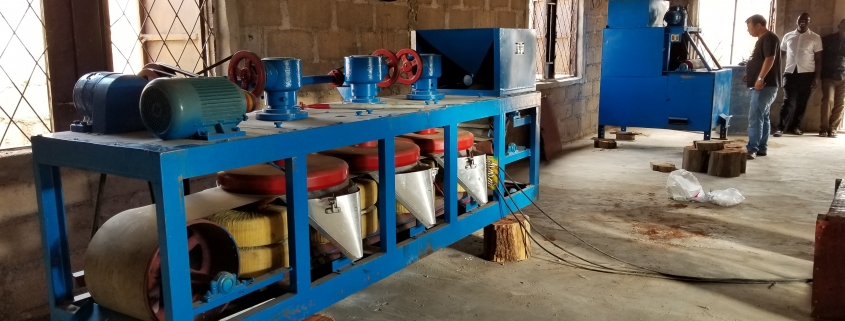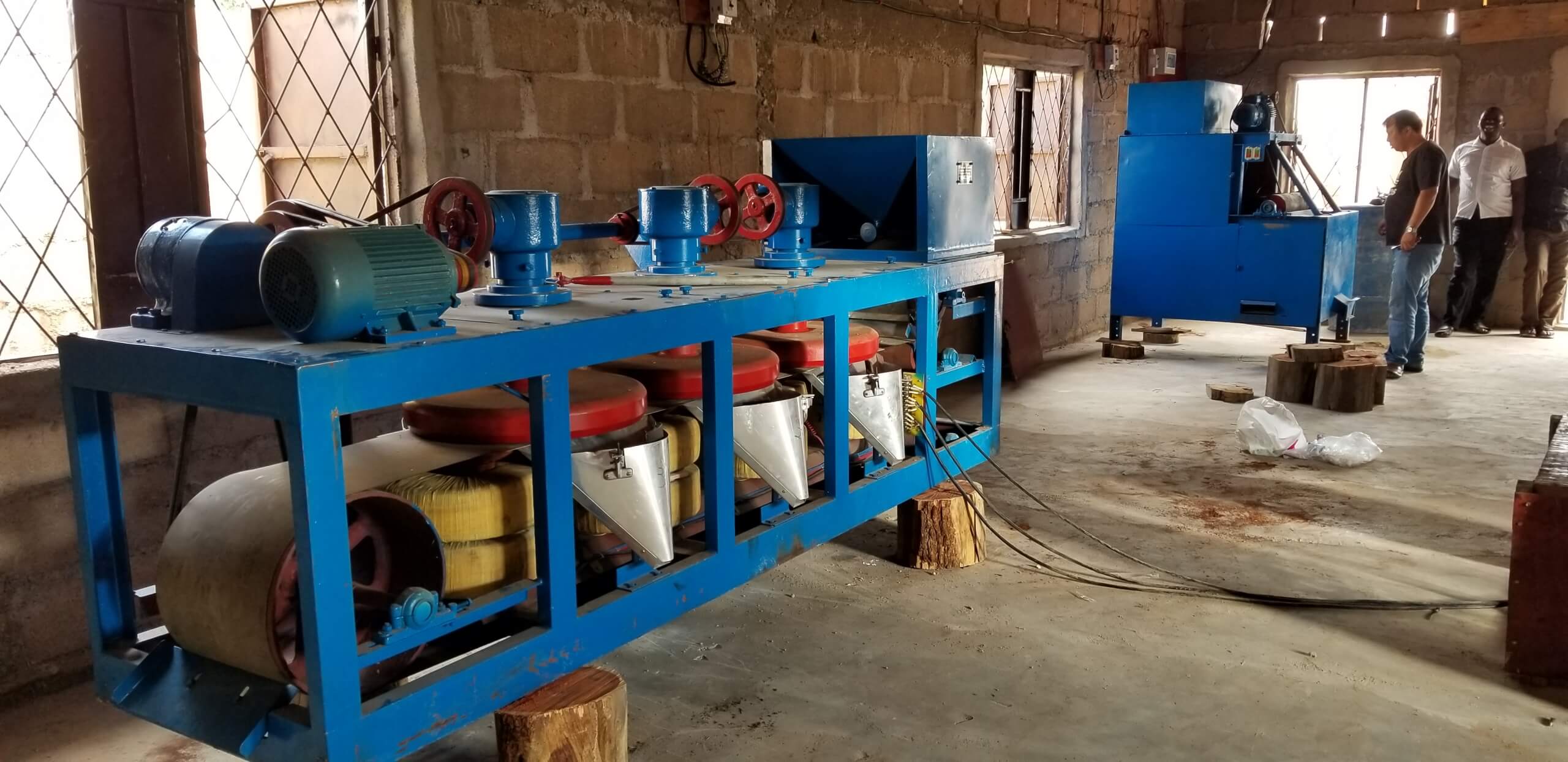How to find ore for tin?
Overview of the ore for tin geology
Tin ore has an oxygen- and sulfur-philic properties. When tin is combined with sulfur, it can form two compounds: tin monosulfide and tin disulfide, both of which have strong volatility at high temperatures. Tin can also combine with oxygen to form tin monoxide and tin dioxide.
The crustal abundance of tin is about 2ppm. Generally, the content of tin in silicon-rich rocks is higher than that in iron magnesium-rich rocks. There are more than 50 kinds of tin-containing minerals known in nature, and about 20 kinds of main Tin Minerals. Cassiterite is mainly of economic significance, followed by yellow tin ore. In some deposits, pyrite, antimony tin lead ore, cylindrical tin ore, sometimes black sulfur silver tin ore, black boron tin ore, Malayan stone, cassiterite, and magnesium tin ore can also be relatively enriched to form industrial deposits.
Cassiterite (containing tin 78.8%), tetragonal system, with double cone, cone column, sometimes a needle, occasionally knee double crystals, and the aggregate is irregular granular. Generally cherry reddish-brown, chocolate brown, golden yellow, lemon yellow, gray, colorless and green are very rare. The streak powder is light yellow. Diamond luster, fracture grease luster. Translucent to opaque. The hardness is 6 ~ 7 (the knife can’t engrave). Brittle, shell fracture, specific gravity 6.8 ~ 7.0. It often contains mixed iron, niobium and tantalum. In addition, it can also contain manganese, scandium, titanium, zirconium, tungsten and dispersed elements such as iridium and gallium.
Tin ore prospecting criteria
1. Granite area or hidden granite area;
2. Marble, hornstone, skarn, froze, and gallate areas;
3. Ultrabasic rocks and gabbro in some tin-rich areas within and near the contact zone of rhyolite, granite, and granitic porphyry;
4. Heavy sand measurement. Due to its high hardness, cassiterite is insoluble in general acids and alkalis, and is quite stable under natural weathering, it is often produced as heavy minerals at the bottom of water system sediments. Take samples from the weathered soil layer and ditch sediments and wash them to see if there is cassiterite or wood tin. Wood tin is formed by the hydrolysis of Sn4+ salts, which separates and condenses Sn(OH)4 sols and gels, which are dehydrated and resemble wood-like substances;
5. Silicide zone, quartz vein, sulfide quartz vein;
6. Fractured fracture zone, iron cap, chocolate soil (soil containing tin skarn and marble weathered);
7. Fluorine-rich rocks and altered rocks. Tin easily forms complexes with fluorine and migrates. When tin precipitates, fluorine stays in nearby rocks. Therefore, anomalies such as fluorine, boron, tin, arsenic, antimony, and copper can indicate the prospects for tin mineralization, and can predict the size of tin reserves.
We can provide you with more information about Tin Ore Magnetic Beneficiation Plant. If you have any questions, please contact: Whatsapp:+8613319277356, Email:[email protected]



